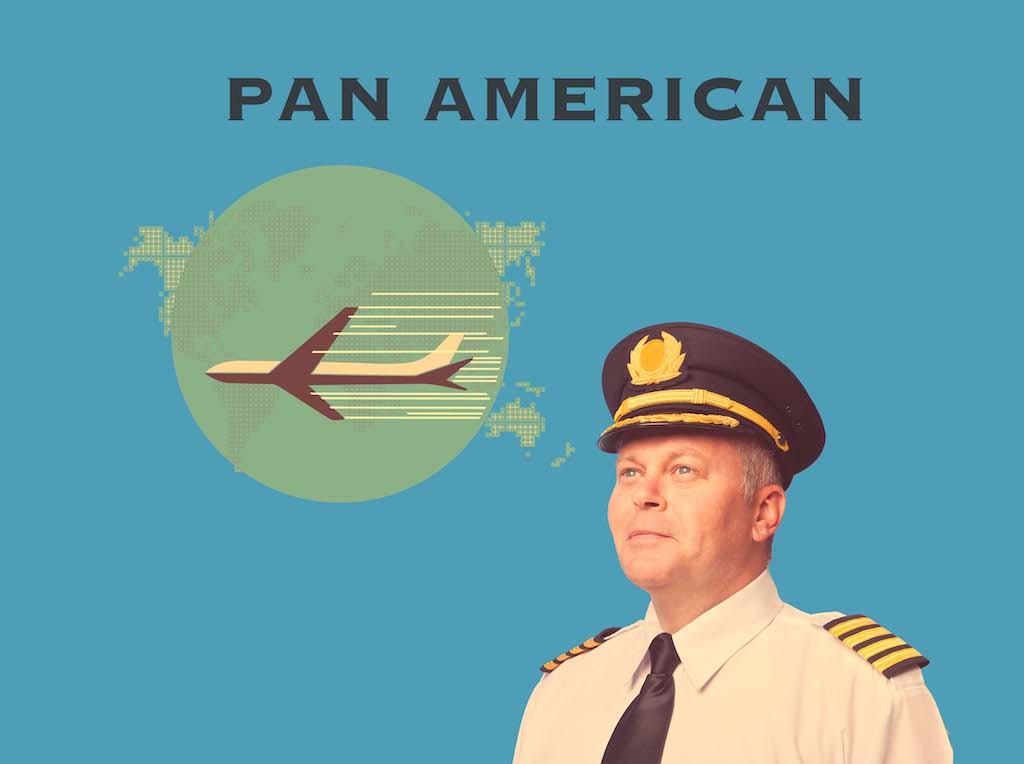
As we’ve seen in our previous article, “Compartmentalization and a Focus on Flight,” it is vitally important for us aviators to learn how to place all that we do in aviation into a compartment that can be isolated from the rest of our life. Doing so will help us to prevent distractions from corrupting what we do while flying or accomplishing other aviation related activities.
But this is easier said than done for most of us because society has given us aviators a lofty position and we have an inner desire to live up to those expectations. These inner demons can impact our performance as aviators and we must find ways to combat this. But before we do that, we need to take a deeper look “inside.”
Society's View And A Pilot's Ego

There is no doubt that the public’s view of the typical airline captain back in the heyday of commercial aviation was a good one. The pilot had skills that mere mortals could only dream of. The image of an airline captain with four stripes on each sleeve instilled confidence in all those sitting in back. Even after the expansion of commercial aviation and the number of airline pilots, the public still has a positive view of the profession. “They must have nerves of steel to do all the magic that goes on behind the locked cockpit door!”
As aviators we know better. But our public persona serves to feed our egos. Whether we admit it or not, the fact we bear the title pilot influences our career decisions and our willingness to put up with the long hours of study, the odd schedules, the long duty days, the short layovers, and all the other things we know make this less than an ideal way to make a living.
With rare exceptions, the road to becoming a professional aviator begins in what may seem like poverty. Going through the civilian flight instructor route might start off at less than a minimum wage. Those going through the military ranks are saddled with even longer hours, a commitment to Uncle Sam that can last as many as 10 years, and in some cases the dangers of combat. But still we crack on, building hours and experience, one day hoping to be making the big bucks flying heavy iron. Another thing we are building along the way is a kinship with our peers. We become a part of a fellowship of aviators.
The society of professional pilots is a close-knit group. We speak our own language that few on the outside really understand. Many outsiders look up to us and we know that. It is a rare ego-less pilot who can survive the initiation into the group without developing an ego worthy of pop music. (“You’re so vain, you probably think this song is about you.”) Real or not, this perceived public adoration places a subconscious pressure on pilots to live up to the hype.
Pressure Point One: Aspiring To Be More (Or Wishful Thinking)

Some think of pilot progression as steps on a ladder, or maybe climbing a pyramid. In either case, we are implying that there are pilots, and then, there are pilots! We want to be one of the latter!
I have a friend who grew up flying a Citabria who aspired to become a business jet pilot and after years of hard work found his dream job flying a very old GIV in a day when the G550 was the flagship in the Gulfstream world. His company recently put in an order for a G700 and he will soon be flying that, even as he dreams of the G800. I know a few Gulfstream test pilots typed in the latest and greatest that company has to offer; and they dream of being astronauts. And, finally, I know an astronaut who dreams of flying a Citabria.
These kinds of hopes and aspirations are healthy, of course, and serve to motivate us forward. But our dreams can be distracting and even harmful if they infiltrate our flight compartment and impact the way we fly. Social media is filled with evidence of pilots acting out their inner fighter pilot fantasies, while endangering the public. In just the last few years:
- A former Olympian snowboarder faked an engine failure and parachuted out of a perfectly good Taylorcraft, causing it to crash in the Los Padres National Forest in California.
- A Falcon 900 executed a high-speed fly-by at what appeared to be less than 100 ft., followed by a steep bank angle turn and low altitude fly by. The video replays the event from the cockpit, showing the pilot turning to the camera with a smile as an aural alert warns, “Too Low Terrain” followed by “Bank angle, Bank angle.”
- A Cessna Citation did an aileron roll, shown from a video camera in the cockpit, ending with stick shaker activation and the pilot’s frantic efforts to regain control.
- An Astra Jet took off and accelerated in level flight very close to the ground, the flap overspeed aural warning sounded, followed by a few expletives, an aggressive pitch up, a 90-degree bank causing the nose to drop, and an aileron roll. All of this as the two pilots are heard laughing.
In many of these examples the pilots seemed just as oblivious to the dangers to themselves and the public, as they were to the dangers to their careers when evidence of their escapades went “viral.” The pressure to live one’s dreams can drive pilots to careless and reckless behavior.
Next: Pressure Point Two: Perfect Versus Good.





